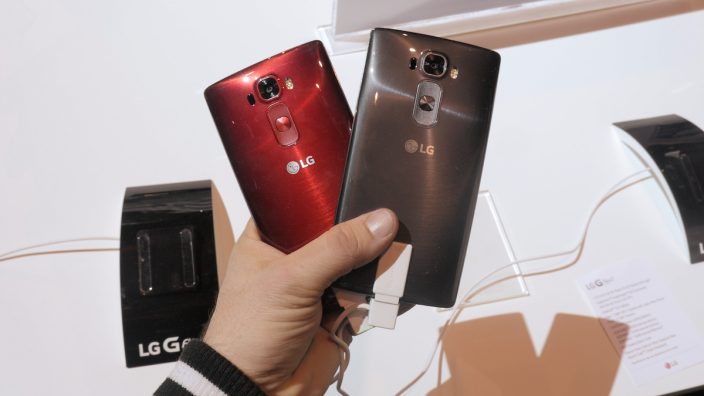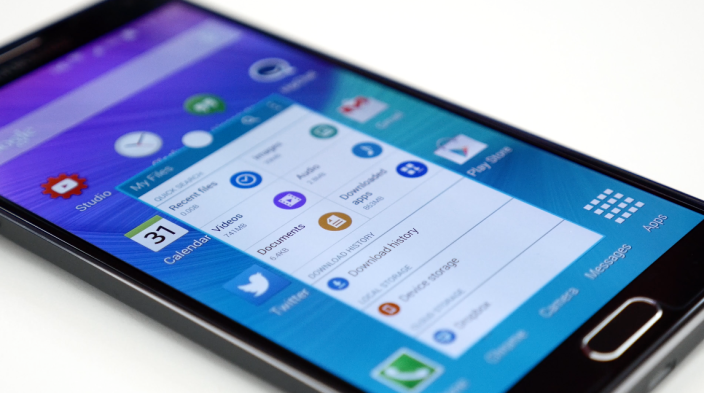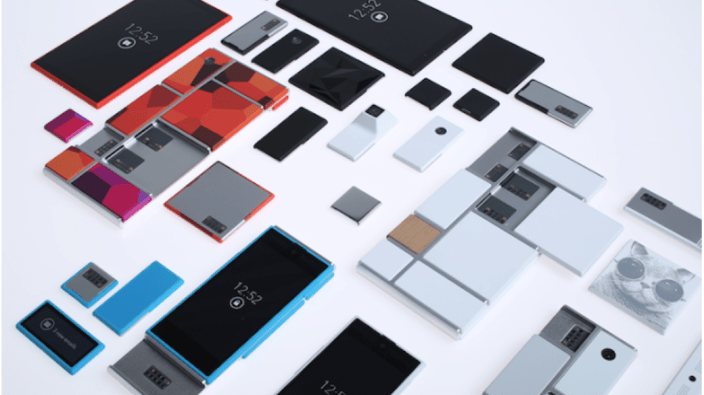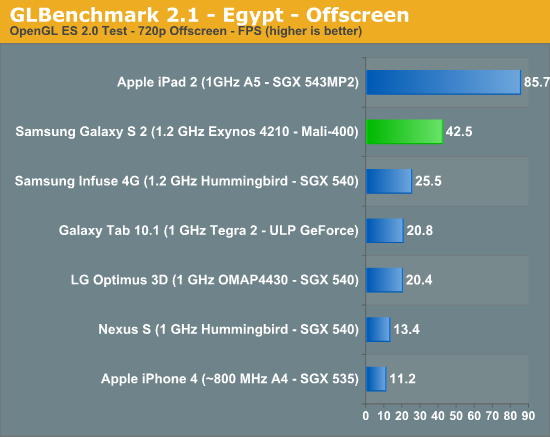The more-efficient Snapdragon 810 v2.1 is already shipping aboard the HTC One M9


OnePlus came out not long ago to say that the upcoming OnePlus 2 will sport the Qualcomm Snapdragon 810 processor. This obviously caused a bit of concern in the community considering the system-on-a-chip’s mixed history with heat problems, but the company reassured us that it was going with some kind of updated “version 2.1” of the chip that didn’t have as many problems — and they said they were optimizing it themselves, too.
The company touted this as some kind of selling point for the device over the year’s other Snapdragon 810 handsets, most notably the HTC One M9 and the LG G Flex 2. AnandTech even tested the v2.1 chip to make sure that the company’s claims were legitimate, and it turned out they were. But what the company didn’t say was that v2.1 is already (today!) being built into other handsets. And that includes the HTC One M9…
Expand
Expanding
Close










